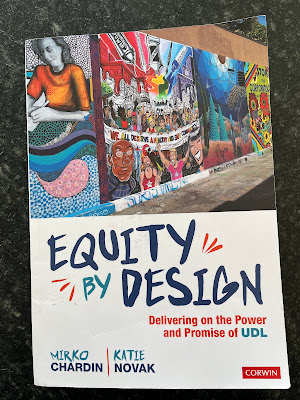"A Thousand Cuts": Understanding the Impact of Racial Microaggressions
What is a microaggression and why do they matter?
The term “microaggression” was first coined in the 1970s by Chester Pierce, an Emeritus Professor of Education and Psychiatry at Harvard Medical School to give language to a painful and pernicious form of everyday prejudice.
Derald Wing Sue, a Professor of Counseling Psychology at Columbia University, defines microaggressions as “brief and commonplace daily verbal, behavioral, and environmental indignities, whether intentional or unintentional, that communicate hostile, derogatory, or negative racial, gender, sexual-orientation, and religious slights and insults to the target person or group.”
Racial microaggressions are important to understand because they are the most frequent and relentless manifestation of racism in our schools and yet the least likely to be identified and challenged. What’s more, racial microaggressions are the type of racism that we are most likely to perpetuate ourselves because they are usually delivered unconsciously and often intended as compliments.
“I didn’t mean it that way…can’t you just get over it? Don’t be so sensitive.”
Microaggressions are more than just offensive; they have real biological consequences that land on the body, including hyper-vigilance, stereotype threat, exhaustion, anger, and psychological stress. Dr. Maya Angelou likened the experience of microaggressions to “death by a thousand cuts,” a series of “little murders” distinct from the “grand executions” of harassment and hate crimes. Microaggressions are characterized by their damaging underlying messages, which can range from “you do not belong” and “you are abnormal,” to “you are not trustworthy” or “you [people] are all the same.” The everyday onslaught of microaggressions can lead to feelings of helplessness, invisibility, a sense of forced compliance, and/or an unfair pressure to represent one’s group. Microaggressions have shown to have an impact on the cognitive processes needed for students to navigate the school day, in addition to having deleterious effects on overall health and self esteem. For these reasons, in order to live out our commitment to educational equity for all students, we must be just as concerned and proactive about microaggressions as we are with more overt acts of racism in our schools.
Examples of racial microaggressions (and their hidden messages)
The following are examples of everyday microaggressions. All of them are well-meaning comments or actions that were not driven with an intention to harm. To some, they might not seem like a big deal as isolated events. However, what the perpetrators of these microaggressions might not understand is that - in a society riddled with systemic racism - these comments are almost never an isolated event. Instead, they are (1) relentless, predictable, and commonplace and (2) carry hidden messages that have a significant cumulative impact.
A group of teachers and a few parents are discussing a speaker who came to visit their school. The speaker wore a headscarf. One of the people in the group says she loved the speaker and was “so amazed at how good her English was.” Hidden message: I view you as an outsider.
A student passes by Mr. Jones, an Asian photography teacher and says, “Hi, Mr. Li!” Mr. Li is the Asian, male history teacher. Hidden message: All of the people in your racial group are the same to me.
A White student leans over her desk to touch her Black classmate’s hair. “Wow! It’s so bouncy!” Hidden message: You are abnormal.
This 2-minute video shows one person's response to a common microaggression: "Where are you from?"
What can I do to combat microaggressions?
Remember to place a stronger emphasis on impact than intentions.
Most people do not walk through the world trying to harm other people, and yet we harm each other all the time. Though it’s a common response, it's important to not let defensiveness get in the way of our learning and repair. If you realize that you have caused a microaggression, try to remain curious and empathetic. Remember that the person who corrected you is giving you the gift of growth through feedback. Resist the temptation to walk them through your intentions; you can simply listen compassionately, apologize for the bias, and share that you want to understand and improve.
Educate yourself on different microaggressions that exist and build up your ability to deconstruct their hidden meanings.
Sharpening this lens will require paying attention to - and believing - the testimonies of people whose lives, identities, and histories differ from your own. Books, films, discussion groups, and even social media accounts can be great resources to boost awareness.
To the person harmed: You might find a quiet, private moment to say something like, "I just heard someone say _______ to you. That made me feel a little uncomfortable. Did it make you uncomfortable, too?" Allow the person space to share their feelings, if they want to, and focus on listening and validating.
To the person who caused the harm: You might respond to them by saying, "I know you probably didn't mean to cause harm when you said _____________, but I think your words might have had an unintended impact. Can we find some time to talk this over together?" Create a non-judgmental space for a teachable moment. Sure, it might be awkward or uncomfortable, but that momentary discomfort will likely pale in comparison to the hurt caused as a result of the microaggression.
Want to explore this more? Have follow-up questions or insights?
2. Wing Sue, D. and Spanierson, L. Microaggressions in Everyday Life. 2nd ed. Hoboken, NJ: John Wiley and Sons, Inc.

Comments
Post a Comment